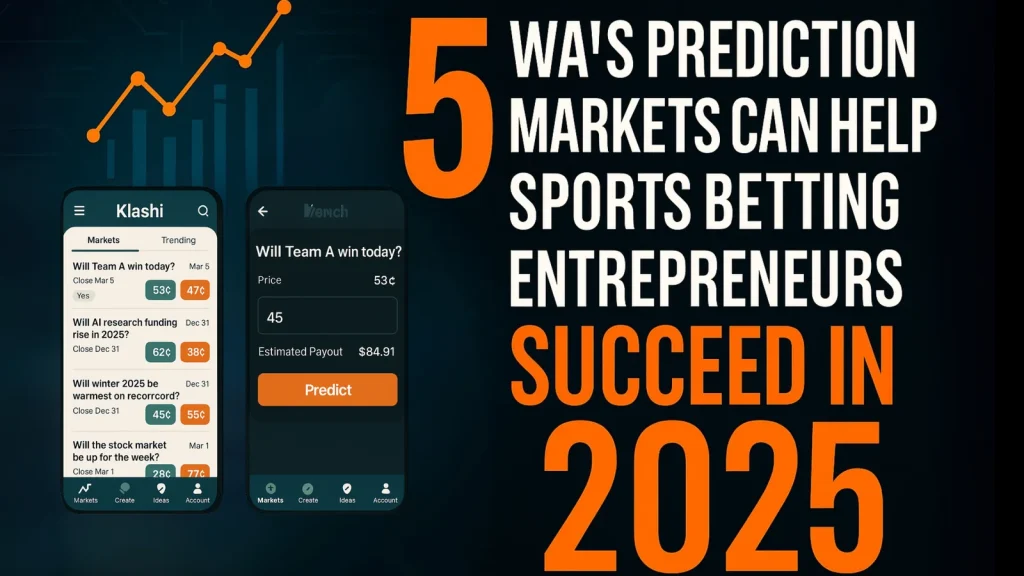Predicting bookmaker odds kèo nhà cái trends in the 2025 season presents an intriguing challenge that combines sports analytics, mathematics, and a keen understanding of market behavior. As the sports betting industry continues to evolve with technological advancements, the ability to forecast how bookmaker odds will shift becomes invaluable for bettors, analysts, and enthusiasts alike. This article explores the fundamental concepts behind odds prediction, examines relevant tools and models, and offers insight into how these trends might develop as we approach the 2025 season.
Understanding Bookmaker Odds and Their Trends
Bookmaker odds are essentially market representations of the probability of a sports event outcome, adjusted for the bookmaker’s profit margin. The trend of these odds reflects shifting perceptions of team performance, player status, weather conditions, and other variables. To predict these trends accurately, one must understand the factors influencing odds movements and the methods used to analyze them.
Factors Influencing Odds Trends
Several elements impact bookmaker odds, causing them to fluctuate in predictable or unpredictable patterns. These include changes in team lineups, injury reports, recent performance streaks, betting volumes, and external factors such as weather or venue conditions. As public betting volume increases or shifts toward certain outcomes, bookmakers adjust odds to balance their books, often creating predictable trends.
The Role of Data and Advanced Analytics
Modern odds prediction relies heavily on data-driven models that analyze historical performance, player statistics, and even social media sentiment. Machine learning algorithms and statistical models assist in identifying emerging patterns and potential shifts in odds. These tools enable bettors and analysts to anticipate moves before they happen, adding a layer of strategic advantage for those seeking to understand predicting bookmaker odds trends in the 2025 season.
Tools and Models for Predicting Odds Trends
Numerous tools and models are available for those interested in forecasting odds. These range from simple statistical techniques to complex machine learning frameworks that incorporate extensive datasets.
Popular Predictive Models
Statistical Regression Models are among the most accessible tools for odds prediction. By analyzing historical odds and outcomes, regression models can forecast future odds shifts based on identified correlations.
Time Series Analysis is another effective approach, especially for capturing trends and seasonal variations. By analyzing historical odds data as a time series, analysts can forecast future movements based on past patterns.
Machine Learning Algorithms, including neural networks and random forests, are increasingly used for their ability to handle large and complex datasets. These models learn from vast amounts of data, recognizing subtle patterns that might elude traditional statistical methods.
Essential Tools for Bettors and Analysts
Many platforms and software solutions facilitate odds prediction. Tools such as Betfair Data Explorer, OddsAPI, and specialized sports analytics software integrate with predictive models to provide real-time insights. These tools are rated based on ease of use, accuracy, data comprehensiveness, and user support, making them essential for those keen on understanding predicting bookmaker odds trends in the 2025 season.
Challenges and Limitations
Despite technological advances, odds prediction remains inherently uncertain. Unexpected player injuries, rule changes, or unforeseen events can cause sudden deviations. Models also require continuous updates and recalibration to maintain accuracy, especially in a dynamic sporting environment like the anticipated 2025 season.
The Future of Odds Prediction: Trends and Innovations
The landscape of sports betting and odds prediction is set to advance significantly by 2025, driven by innovations in technology, data availability, and industry regulation. Anticipate that tools will become more sophisticated, integrating real-time data feeds, enhanced AI capabilities, and even augmented reality features.
Increasing Use of Artificial Intelligence
Artificial intelligence (AI) and deep learning methods are expected to dominate odds forecasting. These models can process massive datasets, including video feeds, biometric data, and social media trends, enabling unprecedented prediction accuracy. For predicting bookmaker odds trends in the 2025 season, leveraging AI will be crucial for a competitive edge.
Blockchain and Transparency
Blockchain technology is poised to bring transparency and security to data sourcing and betting transactions. This can influence odds-setting processes, making them more transparent and harder to manipulate. As the industry becomes more transparent, the reliability of odds predictions may increase, benefiting skilled bettors and cappers.
Real-Time Data and Dynamic Odds
The evolution toward real-time data integration means that odds will be more fluid than ever. Bookmakers will adjust odds almost instantaneously based on live events, player movements, and crowd behavior. For those focused on predicting bookmaker odds trends in the 2025 season, understanding how to interpret real-time changes will be essential.
How to Approach Predicting Odds Trends Effectively
If you’re interested in mastering odds prediction, a structured approach combining data collection, model selection, and continuous learning is recommended.
Step-by-Step Guidance
- Collect Historical Data: Gather comprehensive datasets on previous odds movements, team statistics, player performances, and external factors.
- Identify Key Variables: Determine which factors most influence odds movements for your sport or league of interest.
- Select Appropriate Models: Depending on your technical expertise, choose models from regression analysis to complex machine learning algorithms.
- Calibrate and Test Models: Continuously calibrate your models using recent data and test their predictions against actual outcomes.
- Monitor Real-Time Data: Follow live data feeds and bookmaker updates to refine your predictions dynamically.
- Maintain Flexibility: Be prepared to adjust your models and strategies as conditions change in the sporting landscape.
Troubleshooting Common Issues
- Data Quality Problems: Ensure your datasets are complete and accurate. Use reputable sources and verify data consistency.
- Model Overfitting: Avoid overly complex models that perform well on training data but poorly on new data. Use validation techniques to prevent overfitting.
- Unpredictable Events: Remember that sports are inherently uncertain. Incorporate safety margins or probabilistic approaches to account for unforeseen factors.
Safety and Ethical Considerations
Predictive modeling for sports betting should be done responsibly. Always adhere to legal regulations and avoid engaging in activities that could be construed as unethical or illegal.
Comparing Key Predictive Tools and Approaches
| Tool/Model | Price Range | Features | User Ratings | Best Suited For |
| Regression Analysis Software | $50 – $200/month | Simple implementation, interpretable results, good for beginners | High | Beginners and intermediate users |
| Time Series Analysis Tools | $100 – $500/month | Handles seasonality, trend analysis, customizable outputs | Very high | Experienced analysts, betting professionals |
| Machine Learning Platforms | $0 – $1000/month | Advanced algorithms, handles large datasets, real-time processing | Excellent | Data scientists, professional bettors |
| Sports Data APIs | Free – $100/month | Real-time odds and statistics, easy integration | Varies by provider | Developers, data analysts |
| Custom Predictive Models | Varies widely | Fully tailored, complex, high customization | Varies | Specialized users with technical expertise |
Summary judgment indicates that the best choice depends on your technical skills, budget, and specific needs. Beginners may prefer regression tools, while advanced users might leverage machine learning platforms for higher accuracy.
Conclusion
Predicting bookmaker odds keonhacai.claims trends in the 2025 season combines a deep understanding of sports dynamics, data analysis, and emerging technological innovations. As the industry evolves rapidly, staying updated on the latest models, tools, and predictive methods is essential for making informed bets and analysis. While there is no guaranteed way to forecast odds perfectly, leveraging data-driven approaches and cutting-edge AI can give enthusiasts and professionals alike a considerable advantage. Preparing for the 2025 season with a strategic, informed mindset will enable better anticipation of odds movements and, ultimately, a more engaging and successful betting experience.

